According to the biennial weight loss industry research report from Marketdata LLC, the annual U.S. weight-loss market is worth $66 Billion. With all these trendy diets and foods, two thirds of Americans are still overweight or obese – and the current prediction is that even more men, women and children will become overweight in the future. Yet, there is a terrible disconnect between what we are being told to do, and what we actually need to do to lose weight. The truthful, expert physiologist answer is surprisingly simple: eat less.
The math is transparent – eat fewer calories than you burn in a day and you’ll lose weight. Thus far, the “Blame Game” for the “U.S. obesity epidemic” has become wide, confusing and overreaching. We’ve been told that weight gain can be a combination of factors like faulty genes, a slow metabolism, a sugar-dominant diet, unbalanced bacteria in our gut, eating the wrong type of foods, and so on. So, what should we believe? What we know is that over the last 50 years, weight gain has increased parallel with the per-capita calories available in the U.S. food supply (Haspel, 38). In short, portion sizes have greatly increased and Americans are eating more.
In 2010, Mark Haub, a Human Nutrition professor at Kansas State University made national news to prove the theory that only calories mattered in weight loss. For ten weeks, Haub reduced his calorie intake and lost 27 pounds, and was able to lower his cholesterol. The kicker? He only ate Twinkies, Ho Hos, candy bars and junk food! When he started eating a more balanced diet with typically “large ‘American’ portions,” he gained back 17 pounds and his cholesterol level increased.
So, why are Americans overweight when all they have to do is eat less? Haspel explains the responsibility falls largely on the food industry. “Corporations have entire divisions of highly trained staff whose job is to formulate food people can’t resist – food with “super-normal appetitive properties” (40). Basically, we’re “outmatched” against the food industry that is creating “addictive- property food” we can’t resist.
Michael Pollan writes largely about this dilemma in his book and subsequent documentary, In Defense of Food. He claims that food scientists and marketing departments are employed to make food look and taste more appealing, all at the expense of the consumer. He believes that currently, with the new trend to eat healthier and lose weight, food scientists are now creating foods that they claim solve overweight problems. Essentially saying, “eat our food and you’ll lose weight.” Why? The food industry can’t make a profit telling consumers to eat less!
Sometimes, the simplest answer is the easiest: don’t eat too much. To lose weight, count your calories. The question is, how do businesses include this in their business model to return a profit? For us, our wellness machines include calorie counters. While enjoying a session, the user’s calorie burn is counted and displayed. Those trying to lose weight can calculate their burned calories and daily calories consumed and adjust their food intake, accordingly.
Overall, the wellness industry has a vast amount of information for consumers to sift through to help them get healthy and lose weight – sometimes, too much information! And, sometimes it’s hard to know what information will yield the most results. Why not teach the simple message to enjoy a healthier wellness lifestyle: eat less, burn more, and lose weight.
"Sometimes, the simplest answer is the easiest: don’t eat too much. To lose weight, count your calories."
Sources
Haspel, Tamera. (2018, May). One Big Fat Truth. Discover, 37-41.
Park, Madison. (2010, Nov.). Twinkie diet helps professor lose 27 pounds. CNN, goo.gl/CbhvNs
Pollan, Michael. (2008). In Defense of Food: An Eater’s Manifesto. Penguin Press.









